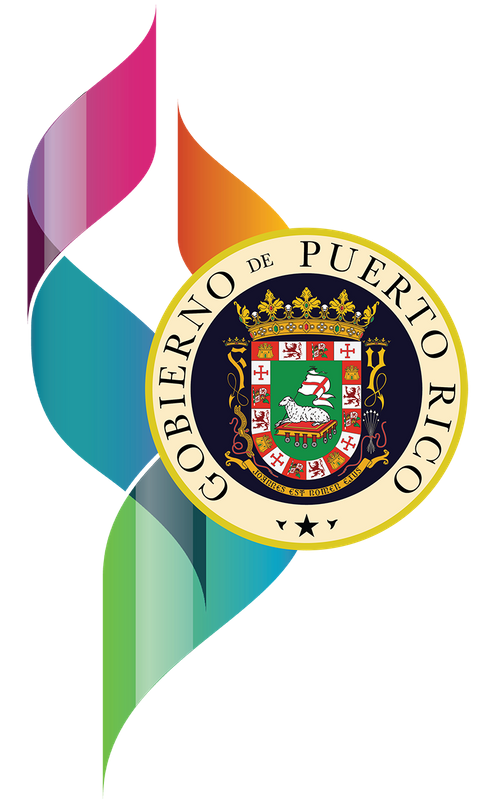
23 Jun Proyecto para la recuperación de tortugas marinas
Este proyecto evalúa los cambios poblacionales y reproductivos de las tortugas marinas con el fin de establecer guías para mejorar la recuperación poblacional de estas especies. Es financiado en parte por fondos ES del Servicio de Pesca y Vida Silvestre de EU. El líder del proyecto es el biólogo Carlos Diez.
Estudio sobre el carey en Isla de Mona (inglés): Study of nest temperatures and sex ratios in hawksbill turtles at Mona Island, Puerto Rico.
The reefs and beaches of Mona Island harbor one of the largest hawksbill colonies in the Caribbean and are an ideal environment to study the reproductive and population biology of hawksbill turtles. Mona’s beaches provide nesting habitat for more than 280 female hawksbills. Importantly, Mona’s inshore habitat, which is characterized by a narrow shelf region of clear water surrounded by open ocean, allows for the in-water sampling of both juveniles and breeding adult males. The unusual accessibility of adult males, combined with a large aggregation of breeding females, presents an unparalleled opportunity to study all facets of hawksbill reproductive biology. In the past, research on several aspects of the population dynamics and ecology of this species has been conducted, including growth rates, migration patterns, genetics, feeding ecology, physiology, and sex ratios on juveniles. There are still several gaps of the population ecology that have not yet been addressed on this species. Even though studies on sex ratios of juveniles inhabiting the feeding grounds of Mona Island have been conducted, data on hatchlings sex ratios are needed to complete our analysis on the dynamics of the population. Therefore, in 2002 we started a study to determine the sex ratios on hawksbill hatchlings produced at Mona Island.
The attached table 1 includes information on 15 hawksbill nests that were selected along the southwest coast of Mona Island. From these nests, hatchlings were sampled together with temperature measurements. Temperature dataloggers (HOBO Water Temp Pro, Onset Computer, Bourne MA USA) were placed within the egg mass during or within 12 hours of oviposition. The dataloggers were programmed to record temperature every 1 hr. Nests participating in this study were monitored daily for 45 days after laying when a wire mesh cylinder was dug in the sand around the neck of the nest to detain emerging hatchlings. When at least 50 hatchlings had emerged, 18 turtles from each nest were randomly selected for gonad sampling and the remainder released. Histology was performed at the DNER Fisheries Laboratory following Yntema and Mrosovsky (1980). The resulting slides were examined independently by two observers (CED and RvD) and scored to distinguish between ovaries (uneven cortex) and testes (thin, smooth cortex). More information would be presented in a peer-review publication that is under preparation.
Contact information: Carlos E. Diez (cediez@caribe.net) and Robert P. van Dam (rpvandam@yahoo.com)
Otros estudios y publicaciones:
- Publicaciones sobre tortugas marinas en Puerto Rico y el Caribe: Este archivo contiene varias publicaciones relacionadas a estudios de tortugas marinas con particular interés de la tortuga carey en Puerto Rico y otros temas relacionados a nivel del Caribe.
- Caribbean hawksbill turtle morphometrics
- Differential tag retention in Caribbean hawskbill turtles
- Growth rates, Mona Island


Sorry, the comment form is closed at this time.